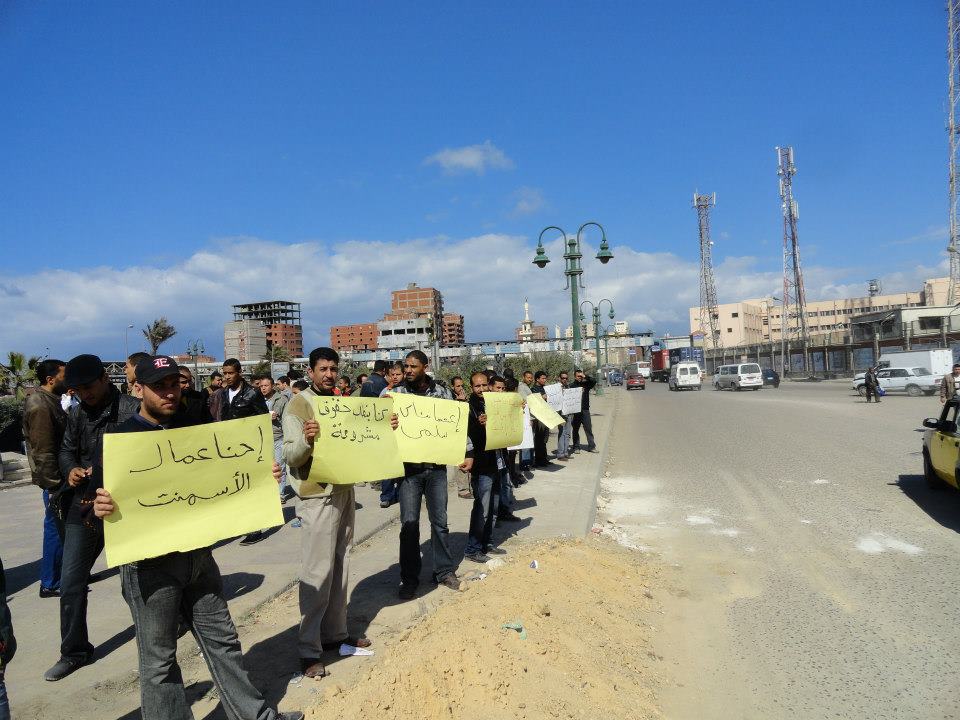Thebes presents contradictory takes on a vital issue from experts
CAIRO: Improvements in women rights are not always related to the nature of ideologies or the status of democracy prevalent in a country. The issue is more relevant to the dominant social culture that often imposes conservative terms on both liberal leftist ideologies and political Islamic streams.
This debate and many more provided the focus for The Egyptian Contemporary Feminist Movement: The horizons and the challenges. This issue of Thebes, an irregular magazine issued by the New Woman Foundation, focuses on papers presented during a 2005 conference of the same name. Like the conference, the issue combines the participation of both academics and activists, which is a new approach for the publication.
As the title suggests, the publication discusses the different challenges facing women’s rights movements at the moment and their reflections on the future. Through the work of different researchers and activists, the study examines issues related to democracy, political reform, the effect of rightist, leftist and religious fundamental movements on women’s rights, the correlation between feminism and syndicates and workers demands, taboo topics like sexual rights, and the progress of women’s rights groups in the country. The various papers also discuss the relationship between women’s rights groups and the demands and needs of the majority of women they supposedly represent: sometimes there is a close relationship and at other times they are a world apart.
With the variation of writer ideologies and affiliations, this issue of the magazine provides a compilation of contradictory streams of thought rarely found in one publication. In analytical statements following some of the researches, writers tried to find similarities between these contradicting ideologies in an attempt to unify the efforts, especially since the goals are usually the same.
For example in one section examining the relationship between religious and Islamic movements on one side and feminist movements on the other, two writers offered contradictory opinions. Omayma Abu Bakr, professor of comparative English literature, saw no contradiction between Islam and feminism. In the following research, Farida El-Naqqash, the editor of Adab wa Naqd magazine (Literature and Critique), saw that the solution is to take international documents of human rights as the basis for establishing social and political systems rather than using religion.
In an analytical postscript, Nadia Abdel Wahhab, from the editorial board of the magazine, tried to reconcile the two contradicting ideologies. Both highlight the importance of a local feminist movement, albeit with different approaches, writes Abdel Wahhab. She says the two streams have similarities in spite of the difference in general appearances. They are both pursuing one goal, which is equality, fairness, prevailing justice and liberating social thought, she adds.
The relationship between the Islamic movement and feminism received special attention in this publication, but other writers shed light on leftist ideologies. Yousry Mostafa, a human rights researcher, notes that feminists are usually preoccupied with responding to Islamic movements when it comes to women’s issues, which led to the further downplay of the leftist offerings in this regard. Mostafa explains that the local leftist movements have a long history of being deprived of identity and cornering their role to responding to or abiding to other streams of thought. Thus, leftists have often ignored women’s issues or regarded them as secondary goals that are imbedded, yet overshadowed, in their nationalistic agendas, explains Mostafa.
The question that repeatedly forced itself throughout the articles was the relationship between feminism and the prevalent political system. Mohamed El-Sayed Said, the well-known writer and researcher, presented an interesting doctrine fusing feminism with democracy. Through several debates, Said suggested that even the most democratic of nations often face biases against women due to the social beliefs practiced by some men in power and popular among the conservative masses. Yet, he states that democracy opens the way for improved women’s rights.
The next important entry on the agenda of topics discussed throughout the article is the relationship between local organizations concerned with women’s rights and what Fatma Khafagy called the practical demands of the masses.
Khafagy, the former head of the complaints department at the National Council of Women, stresses that most of the local organizations adopt general goals that are distant from the actual demands of the poorer masses, the demands that affect their daily lives.
In one example she wonders how organizations push for a law criminalizing marital rape, while domestic violence hasn t been resolved yet. I m aware of the overlap of human rights, Khafagy explains, but strategically, can we stand up for all the rights at the same time in the light of the current economic, social, cultural and religious reality?
She also highlights the economic factor, saying it is often overlooked in spite of its importance to the masses. She suggests that by answering this need and other similar ones, the local feminist organization could rally the support of the middle and lower classes.
Although the articles are mainly analytical and occasionally provide theoretical solutions, the compilation of ideologies contradictory in essence presents a trend that rightfully earns admiration for providing much needed material in a still lacking research field.


